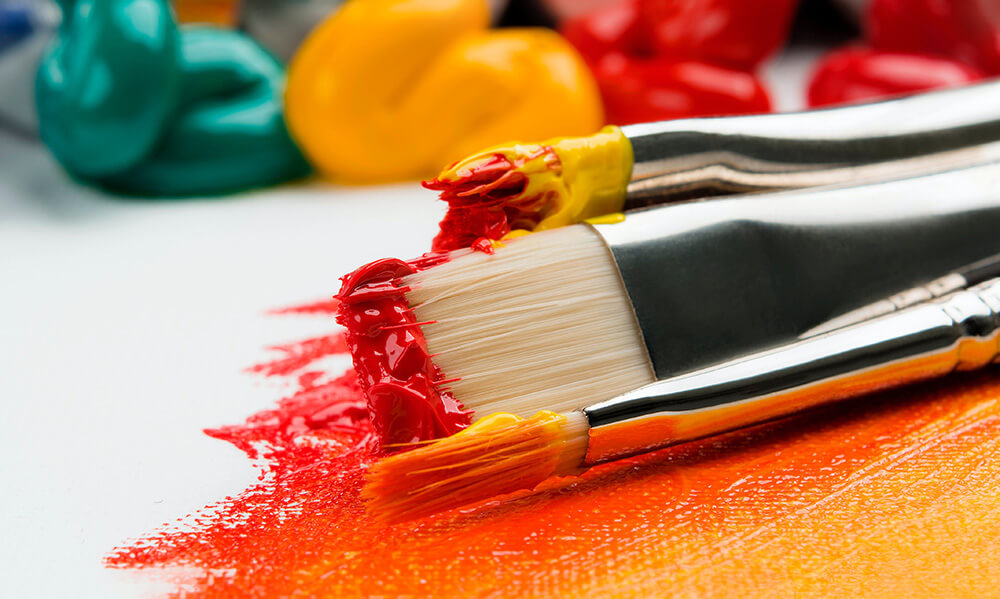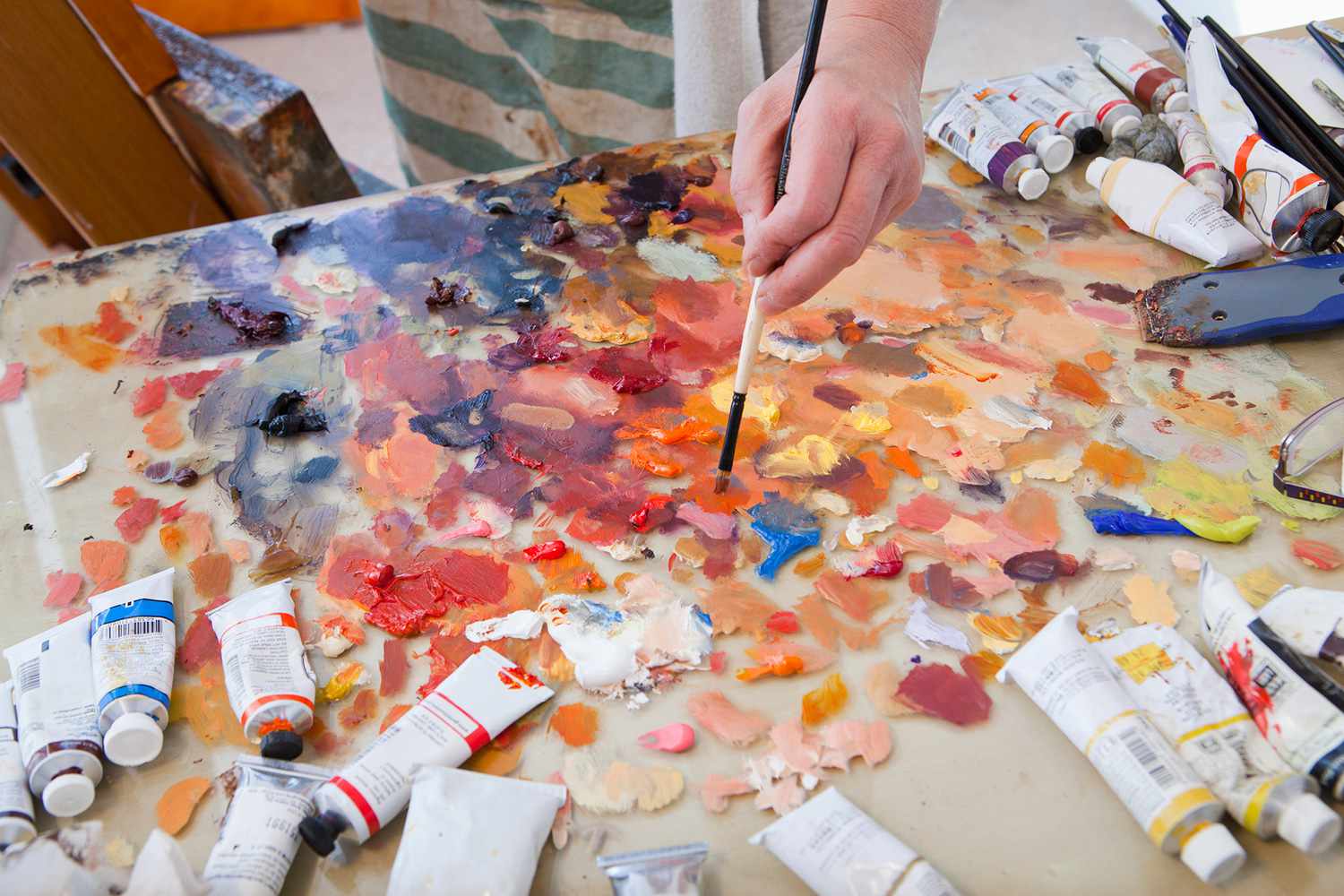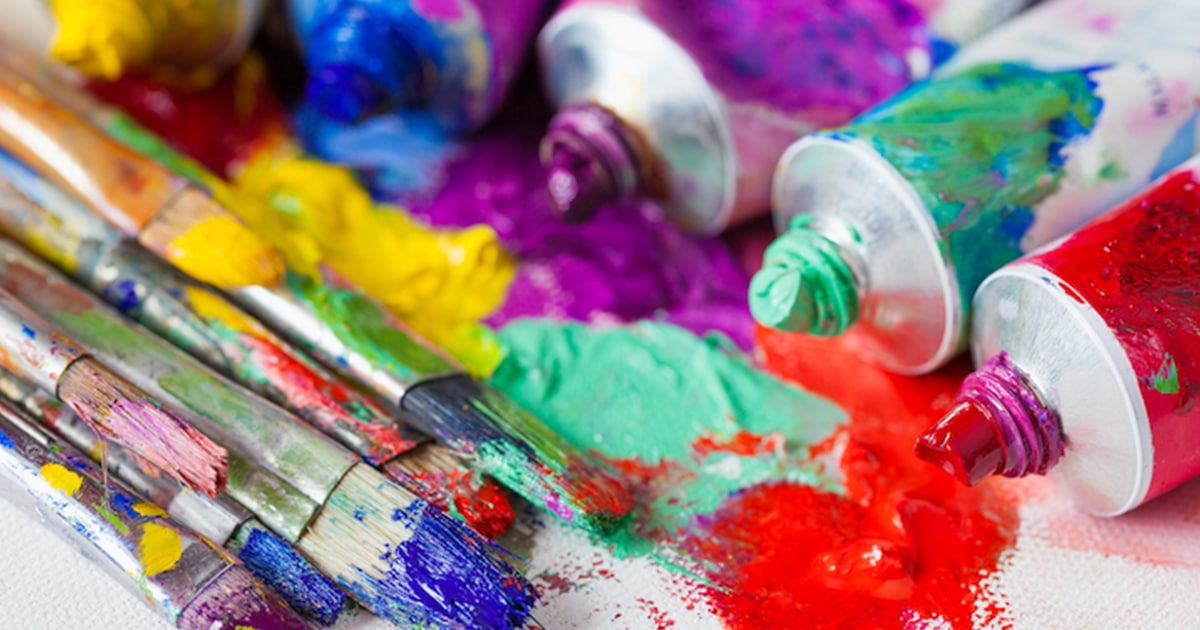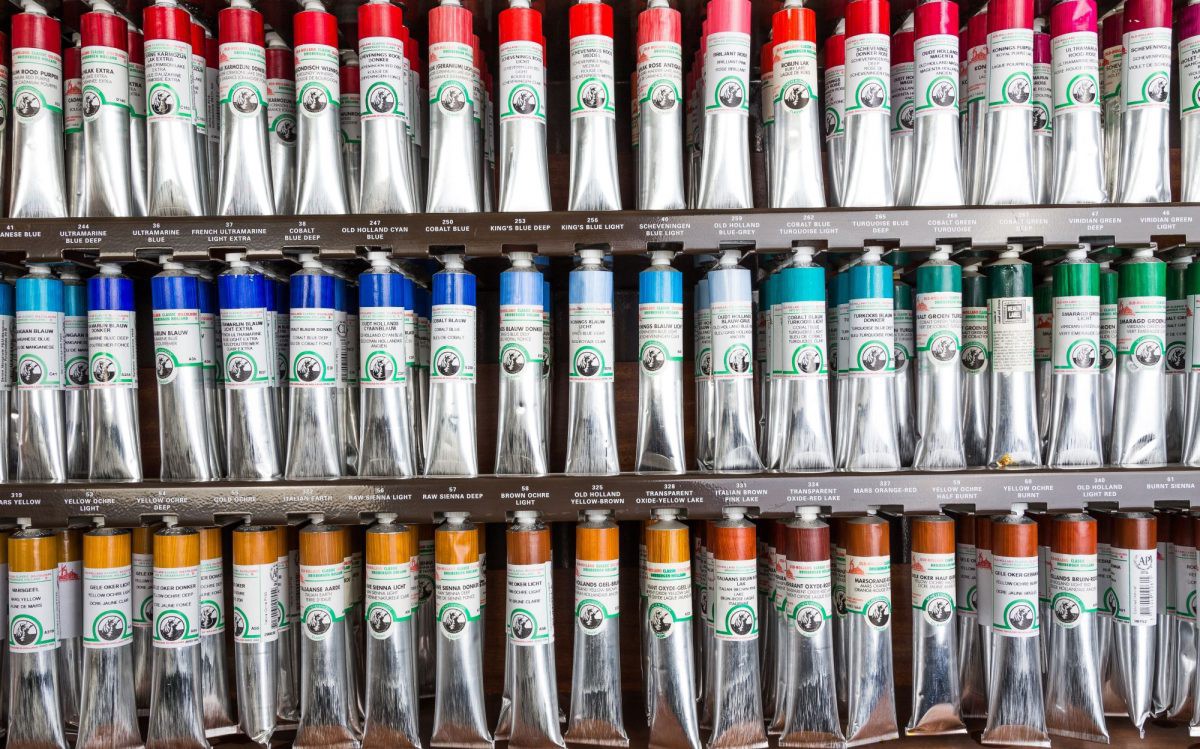Oil painting is a time-honored artistic medium celebrated for its versatility, depth of color, and longevity. Mastering the use of oil paints can unlock a world of creative possibilities. This guide provides beginners with essential insights into selecting the right oil paints and using them effectively to create captivating artworks.
Selecting the Right Oil Paints
Your choice of oil paints will have a significant impact on the outcome of your artwork. Quality and pigment concentration vary across brands and types, influencing the vibrancy and texture of your finished piece.
Quality Counts: Professional vs. Student Grade
Professional-grade oil paints contain a higher concentration of finely ground pigment, which provides more vibrant colors and better coverage. Student-grade paints are more affordable but contain less pigment and more fillers, which can result in a less desirable finish. Beginners may want to start with student-grade and gradually invest in professional-grade paints as their skills develop.
Understanding Pigments and Color Choices
Familiarize yourself with the pigments used in oil paints to make informed color choices. Each pigment has its own properties, such as transparency, tinting strength, and drying time. A basic palette for beginners should include the primary colors (red, blue, yellow), secondary colors (green, orange, purple), as well as black and white. This palette will allow you to mix a broad range of hues as you refine your color-mixing skills.

Preparing to Paint with Oils
Before applying paint to canvas, understanding the preparatory steps is crucial. These include setting up your workspace and priming your painting surface.
Setting up Your Workspace
Create a dedicated space for painting that is well-ventilated and free from distractions. Cover your work area with a protective layer to facilitate cleanup. Keep your oil paints, mediums, brushes, and palette within easy reach to maintain a smooth workflow.
Priming Your Canvas
Priming your canvas with gesso is essential to protect the fibers from the oil in the paint and to provide a smooth surface for painting. Apply one or two coats of gesso with a brush or roller, allowing each layer to dry before lightly sanding for an even texture. Now, your canvas is ready for your first layers of paint.

Techniques for Applying Oil Paints
Applying oil paints can be approached in various ways, from thin glazes to thick impasto. Each technique offers unique results and can be combined for dynamic effects.
Layering and Glazing
Layering involves applying thin films of paint on top of one another once the lower layer has dried. This method offers depth and richness to your painting. Glazing, a type of layering with transparent paints, can alter the tone and color of the layers beneath, adding luminosity and complexity to your artwork.
Impasto and Textural Techniques
For a more tactile quality, impasto is a technique where paint is applied thickly to create texture and visible brush or knife marks. Experiment with different brushes and palette knives to discover the diverse textures you can create on the canvas. Let these textured areas stand out by contrasting them with smoother passages.

Finishing and Preserving Your Oil Paintings
Once your painting is complete, the final steps are to ensure its longevity and prepare it for display. Proper finishing and preservation will protect your artwork for years to come.
Drying and Curing Time
Oil paints dry slowly and may take days or even weeks to touch dry. A painting is fully cured when it is completely dry throughout all layers, which can take six months to a year. Be patient and handle your painting with care during this time to avoid smudging or indentations.
Varnishing for Protection and Aesthetics
Applying a varnish to your oil painting not only protects it from dust, dirt, and UV light but can also enhance the colors and unify the painting’s surface sheen. Wait until the painting is fully cured before varnishing, and choose a varnish that suits your desired finish, whether it’s glossy, matte, or satin.

Oil paints offer a range of textures and consistencies that can greatly affect the style and finish of your work. Understanding these properties is crucial for mastering the medium.
Adjusting Paint Viscosity with Mediums
Oil paints are inherently thick and can be diluted using mediums like linseed oil, safflower oil, or specially formulated glazing liquids. These mediums not only adjust the viscosity of the paint for smoother application but also affect the drying time and the sheen of the paint. It’s essential to experiment with different mediums to see how they influence the behavior of the paint and to understand the ratios that work best for your painting technique.
Embracing the Slow Drying Time
One of the unique characteristics of oil paints is their slow drying time, which allows for extended workability. This property enables artists to blend colors seamlessly on the canvas and make adjustments over several sessions. However, it’s important to balance your painting approach with the practical aspect of drying time. If you prefer to work layer by layer, you may need to allow for drying time between sessions to avoid muddying colors or to build up textures without collapsing them.

Creative Exploration with Color Mixing
Oil painting is as much about science as it is about art, particularly when it comes to mixing colors. The ability to create a wide spectrum of colors from a few basic tubes of paint is a thrilling and valuable skill.
Mixing on the Palette vs. on the Canvas
Developing a sense of how colors mix is vital. You can mix colors on your palette to achieve the exact shade before application, or mix them directly on the canvas for a more spontaneous and varied effect. Both techniques have their place in oil painting, and understanding when to use each can greatly enhance the outcome of your work.
The Importance of a Limited Palette
While you might be tempted to use every color available, using a limited palette can bring simplicity and harmony to your paintings. Using fewer colors encourages you to learn about the depth and range you can achieve through mixing and can lead to a more cohesive and balanced piece. Start with a few colors and expand as you become more confident in your mixing abilities.
Embracing the Journey with Oil Paints
Mastering oil paints requires practice, patience, and a willingness to experiment. Start with quality materials that suit your budget, prepare your workspace and canvas with care, and explore the various techniques that oil painting offers. Remember that each layer you apply contributes to the story and depth of your artwork. You’ll develop your own methods and style as you gain experience. Your unique voice will contribute to the rich tradition of oil painting. Embrace this journey of artistic growth. Let oil paints become a tool for expressing your creativity. Use them to convey your personal vision. Oil paints are vibrant and enduring mediums for artistic expression.